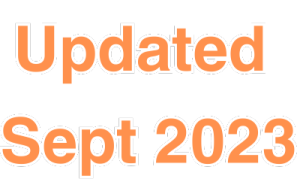Concussion Recognition, Diagnosis and Initial Medical Assessment, & Return to School
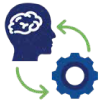
Concussion Recognition and Directing to Care

Initial Medical Assessment and Management
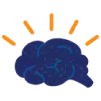
Return-to-School and Work
Sport-Related Concussion, Medical Clearance, Prevention of Concussion
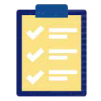
Medical Clearance for Full-Contact Sports or High-Risk Activity
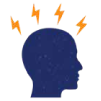
Sport Concussion Considerations

Prevention of Sport-Related Concussion
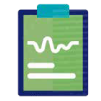
Medical Follow-Up
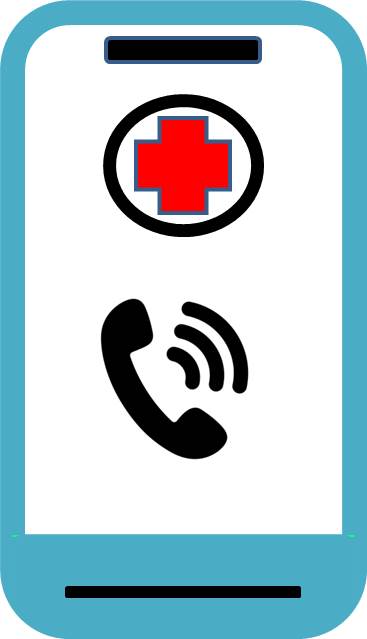
Telemedicine and Virtual Pediatric Concussion Care

Headache

Sleep

Mental Health and Psychosocial Factors
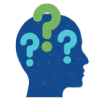
Cognition

Vision, Vestibular, and Oculomotor Function

Fatigue
Biomarkers
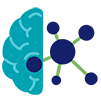
Radiologic Biomarkers
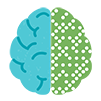
Fluid Biomarkers
The recommendations and resources found within the Living Guideline for Pediatric Concussion Care are intended to inform and instruct care providers and other stakeholders who deliver services to children and youth who have sustained or are suspected of having sustained a concussion. This guideline is not intended for use with patients or clients over the age of 18 years. It is not for self-diagnosis or treatment. Patient, parents, and/or caregivers may wish to bring their healthcare and other providers’ attention to this guideline. The best available evidence has informed the recommendations in this document, and relevant evidence published after this guideline could influence the recommendations made within. Healthcare professionals should also consider their own judgment, the preferences of their patients, and factors such as the availability of resources in their decisions.


